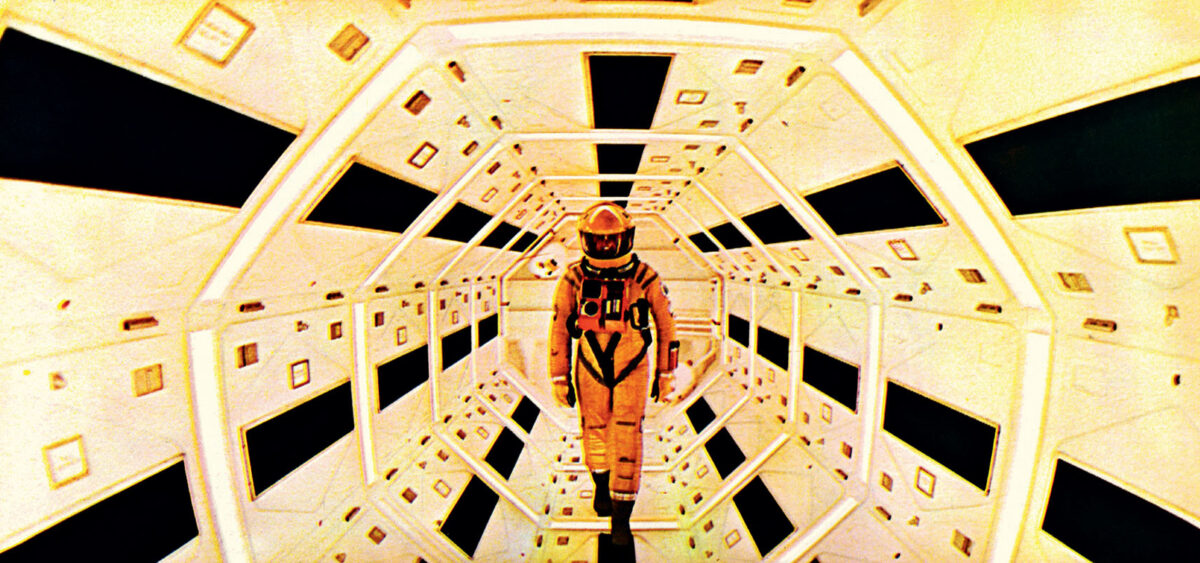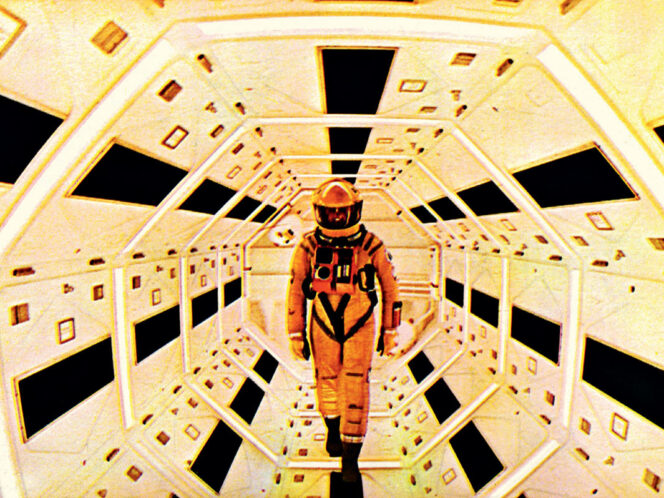
Every internet user probably knows the videos shot at the International Space Station (ISS) by Chris Hadfield. Thanks to them, we have seen everyday life in space – what the inhabitants of the station eat, what they do in their spare time, how they take baths, and even how they brush their teeth. Meanwhile, an interior designer watches it and cries…
How a director sees it…
It’s ha








